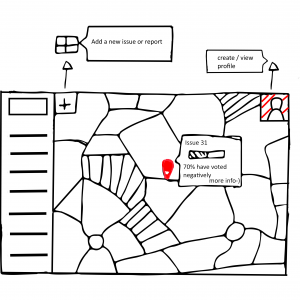The most important topic this week was to further define the goals that we want to achieve with our project with the help of a series of ‘How might we’ questions that were devised in this session. With those in mind, we were presented a few examples of existing applications to facilitate an understanding of their contexts of use, with which we will be designing our project aim.
With our main aim being to help the residents in Bensham express their needs and aspirations for their community, these are the questions and points that came to mind:
- How might we develop a process of co-production between the residents and the ‘Best of Bensham’ group or between the ‘Best of Bensham’ group and the city council?
- Help creating a community-led group that works to solve issues of their neighbourhood and holds close contact with members of the community
- How can we help create a self-organised group among Bensham residents that is able to voice their views and establish a better connection with the council?
- How might a community group be able to relieve some pressure that the council is overburdened with?
For our search for relevant existing applications, we first established a list of core criteria based on the questions above and a few examples that were presented during the seminar, which included both analogue devices and fully digital website-based means, to make our search for further examples more accurate and goal-oriented:
- Enable residents to voice their concerns to the community
- Provide a way where the residents and the council can communicate more directly with each other
- Provide a means where residents would be able to connect with each other and co-produce solutions with the council
Following these criteria for our search, we have identified multiple applications and platforms which employ means that are uncomplicated to handle and make use of state-of-the-art technology, thus having the potential to gain a wide reach among members of a community.
- Commonplace: An online platform which seeks to bring citizens and planning authorities as well as councils together to shape the living environment. It comes with the functionality of submitting online feedback, which can be seen and reviewed by the respective council and authorities and reduces the effort that needs to be put into organising in-person interviews.
- FixMyStreet: This mobile application allows residents to document issues they come across and report them to the local council. The main page provides easy-to-follow instructions for its users, as well as an overview of new and updated reports. Residents are also saved from the trouble of searching for contact persons in the council to report an issue to, as the application does it automatically with its submissions, and provides the space for the respective council to write responses and updates.
- Block by Block: This collaboration makes use of a popular 3-D sandbox video game called ‘Minecraft’ to involve people from all over the world to partake in public projects where they are otherwise excluded. The virtual world in the game provides an easy way of three-dimensional modelling to tackle a respective issue, and it is not limited by materials. It allows people of a community to come together and express their ideas and suggestions in form of easy-to-make visualisations that are visible to everyone.
While each of these applications focus on a different aspect of engaging people through the employment of state-of-the-art technology, the common point here is to bring people together to reach a common goal and cut down the efforts of establishing communication with local governments. This is an important step to encourage more active participation from citizens in local matters, which will be the main aim of our project.
Sources
Commonplace. (n.d.) Conversations to create better places. Available from: https://www.commonplace.is [Accessed 9th March 2020]
FixMyStreet. (n.d.) Report, view or discuss local problems. Available from: https://www.fixmystreet.com/ [Accessed 9th March 2020]
Mojang, Microsoft, UN-Habitat. (n.d.) Block by Block. Available from: https://www.blockbyblock.org/about [Accessed 7th March 2020]
Falco, E., & Kleinhans, R. (2018). Digital Participatory Platforms for Co-Production in Urban Development. International Journal of E-Planning Research, 7(3), 1-27. doi: 10.4018/ijepr.2018070105





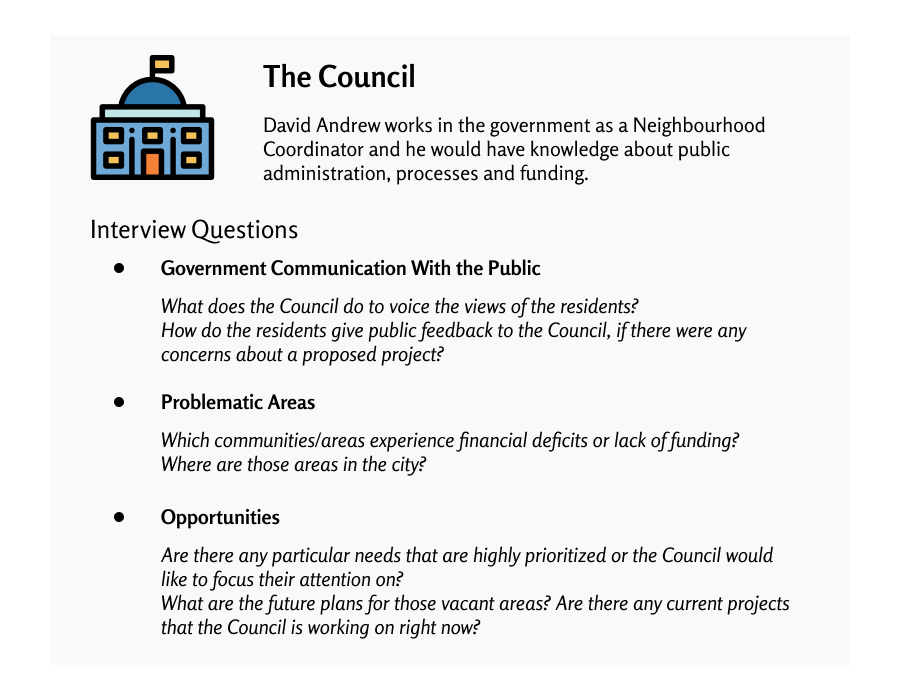
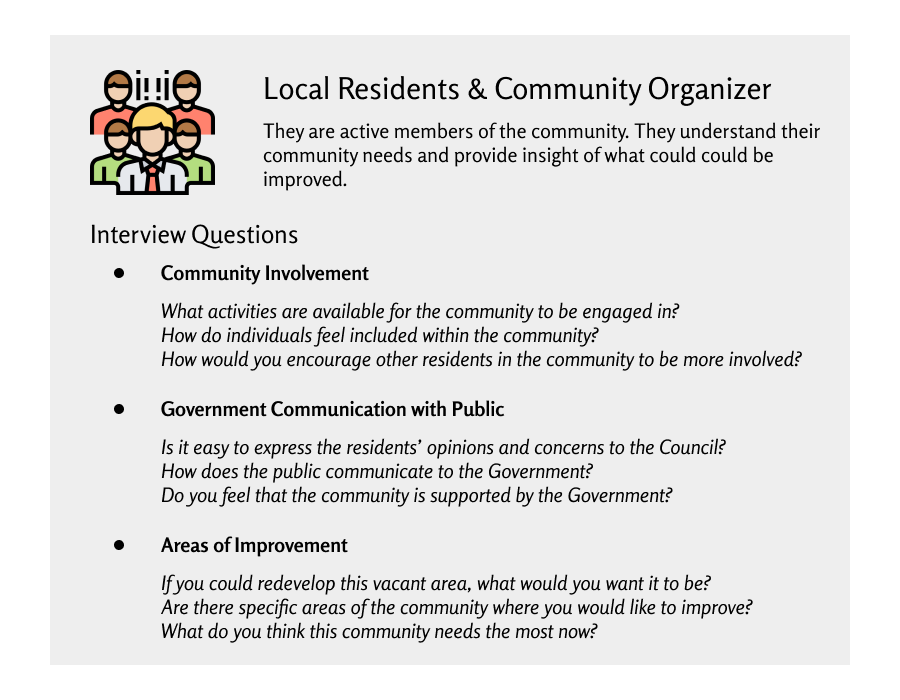


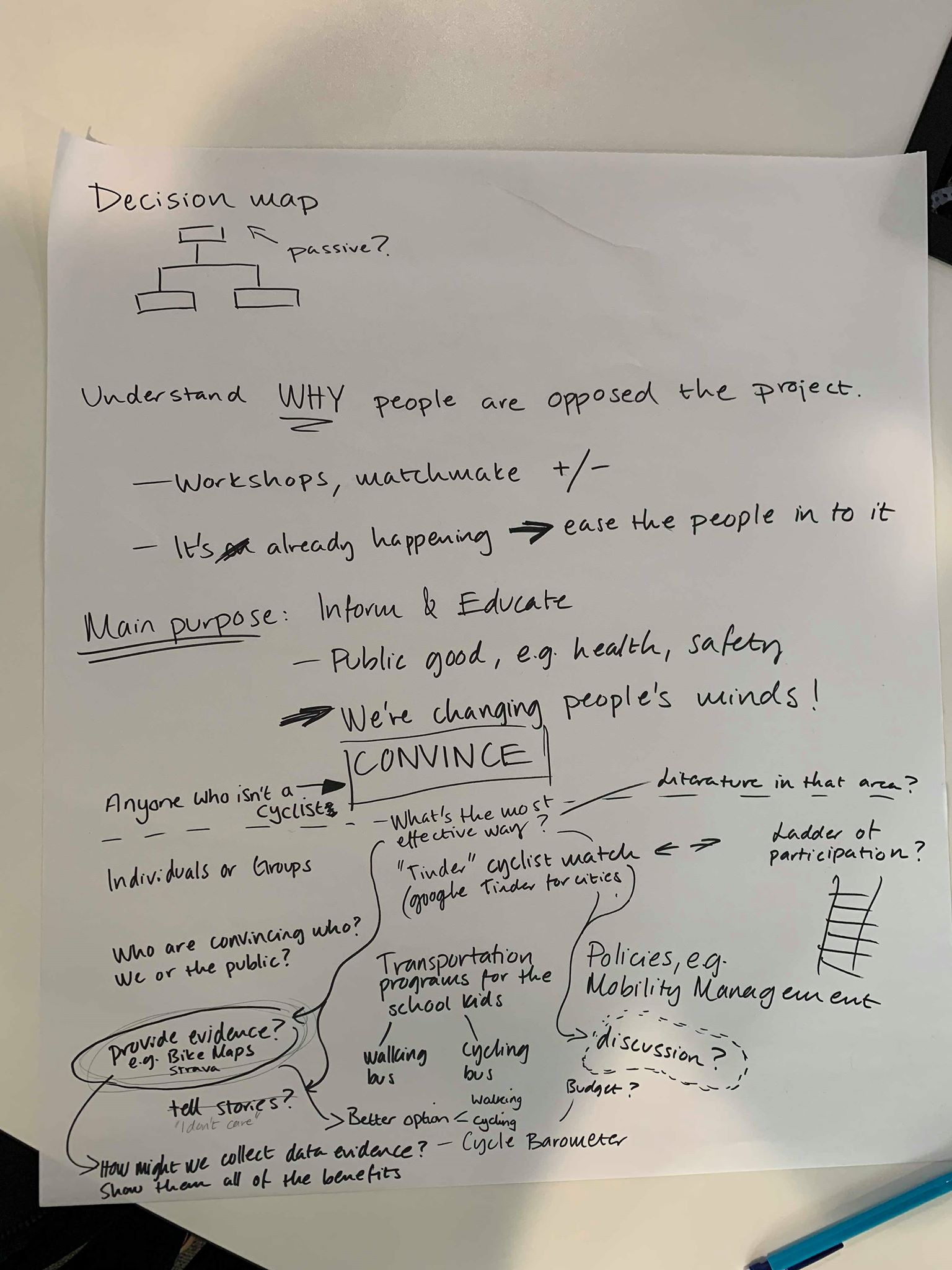
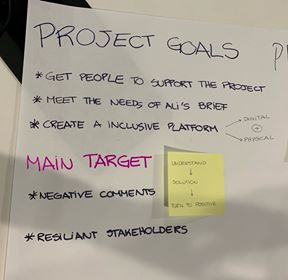
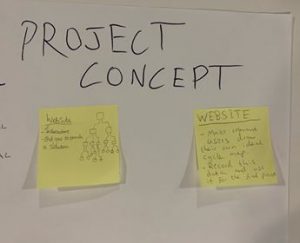
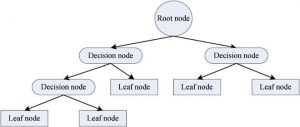
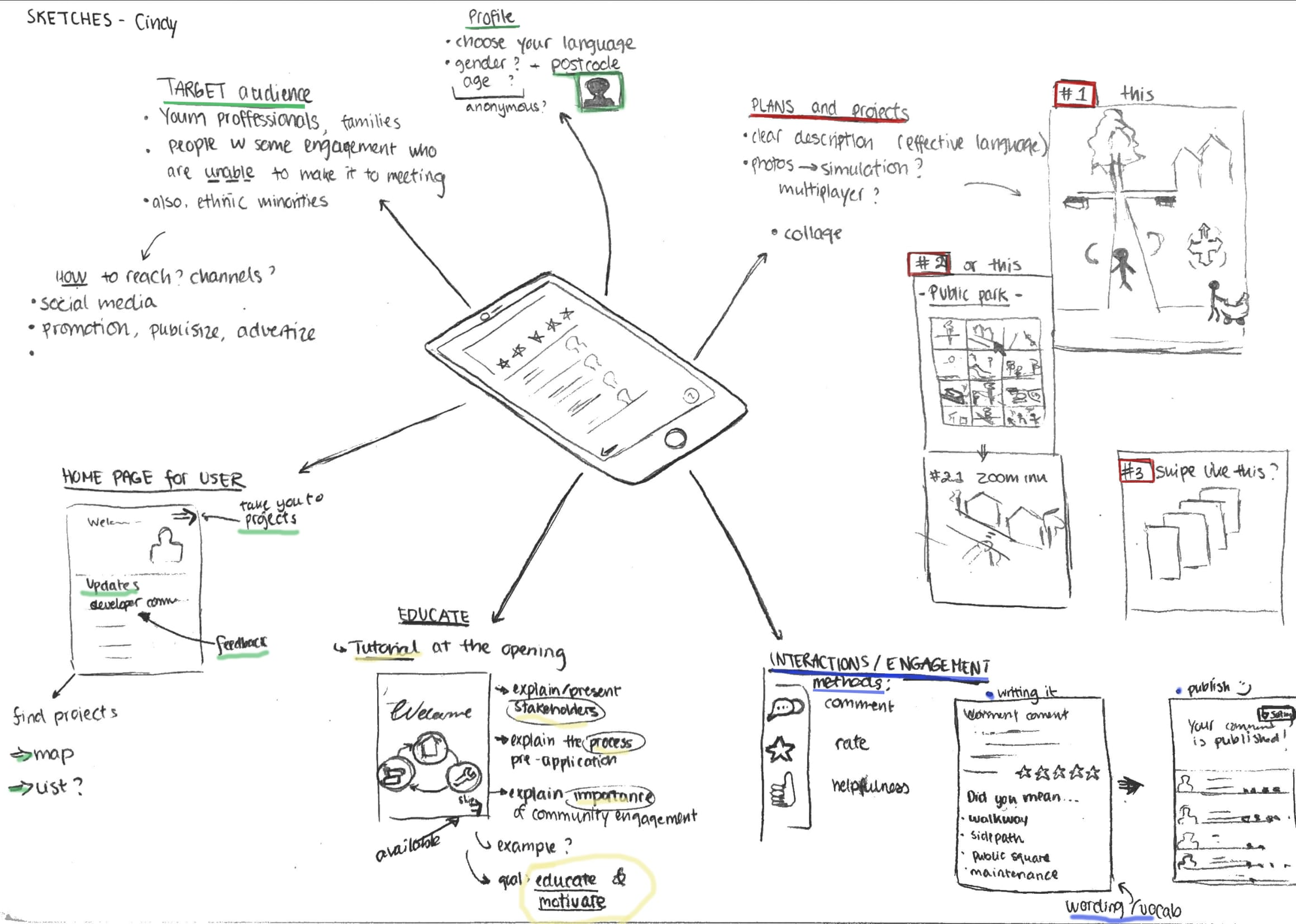
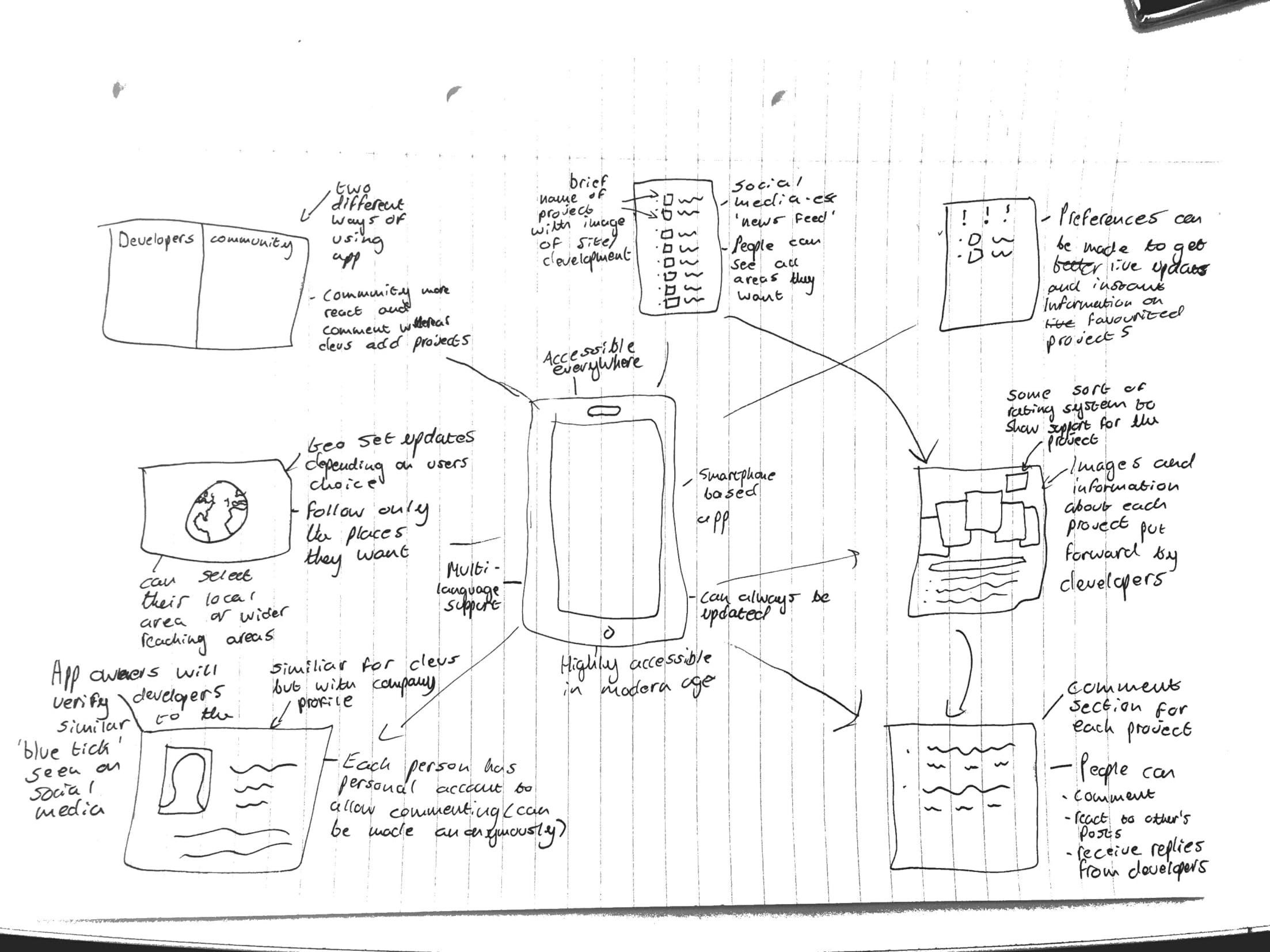
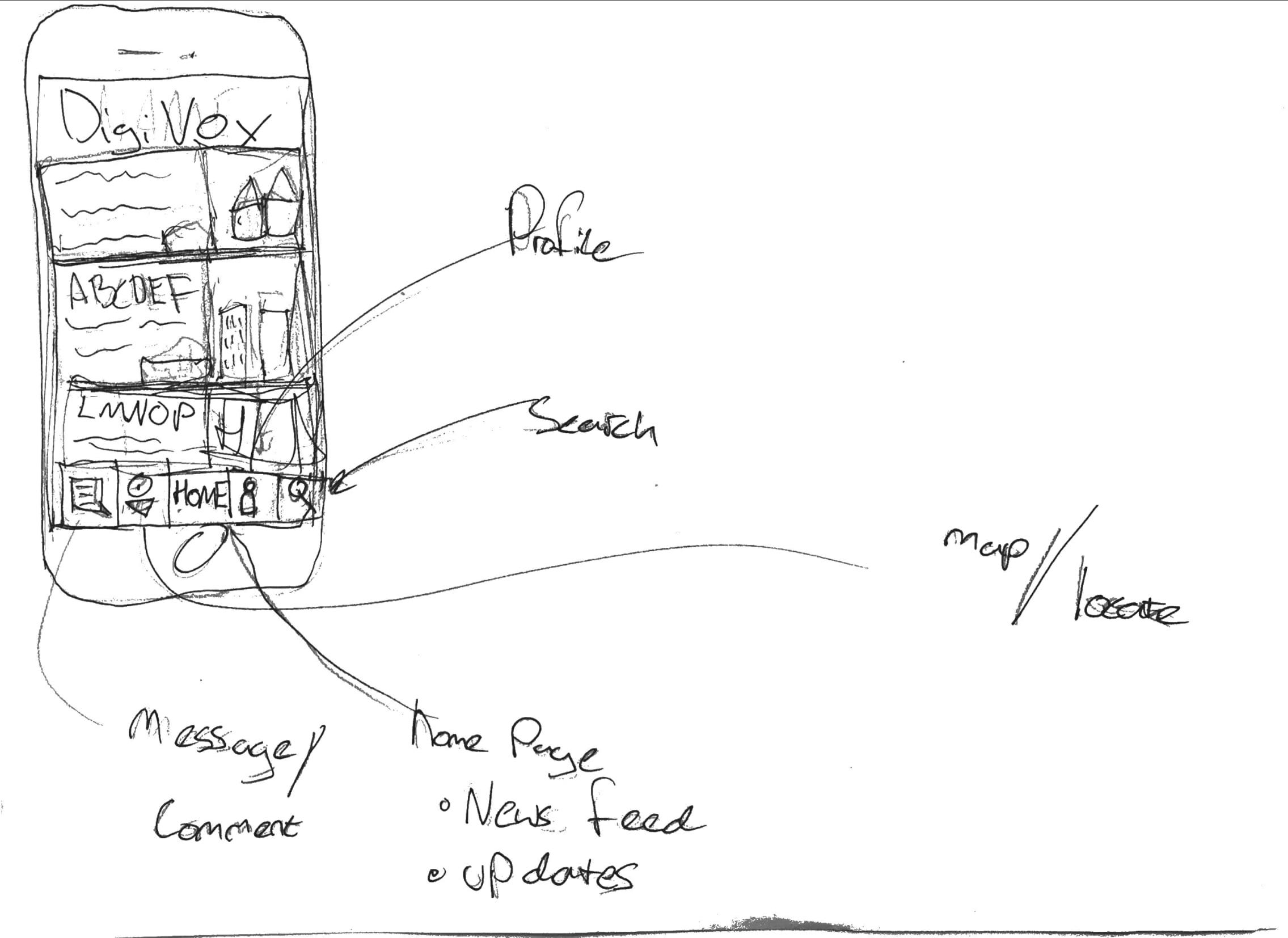 All of the sketches show we are designing a mobile based application, for easy accessibility and to modernise the process of community involvement, for which a profile home page will be needed. The most vital part of the app will need to be the uploaded content, that the developer provides, for the community to assess and comment on- an action that all of the individual sketches included. The developer can then see these comments, respond to them, and include them in their ‘statement of community involvement’ that they provide to the council. This way, the community can read any documents or images that would have normally only been available at the meetings and feel they are engaging directly with the developer- without having to attend the meeting, which is the main focus of people we are aiming this app at. One of the sketches includes a element of education within the app; to explain the process of community engagement, why is it important and what the pre-application stage involves. This could be important for including ‘harder to reach’ members of the community who may not understand the logistics or need for planning application consultancy.
All of the sketches show we are designing a mobile based application, for easy accessibility and to modernise the process of community involvement, for which a profile home page will be needed. The most vital part of the app will need to be the uploaded content, that the developer provides, for the community to assess and comment on- an action that all of the individual sketches included. The developer can then see these comments, respond to them, and include them in their ‘statement of community involvement’ that they provide to the council. This way, the community can read any documents or images that would have normally only been available at the meetings and feel they are engaging directly with the developer- without having to attend the meeting, which is the main focus of people we are aiming this app at. One of the sketches includes a element of education within the app; to explain the process of community engagement, why is it important and what the pre-application stage involves. This could be important for including ‘harder to reach’ members of the community who may not understand the logistics or need for planning application consultancy.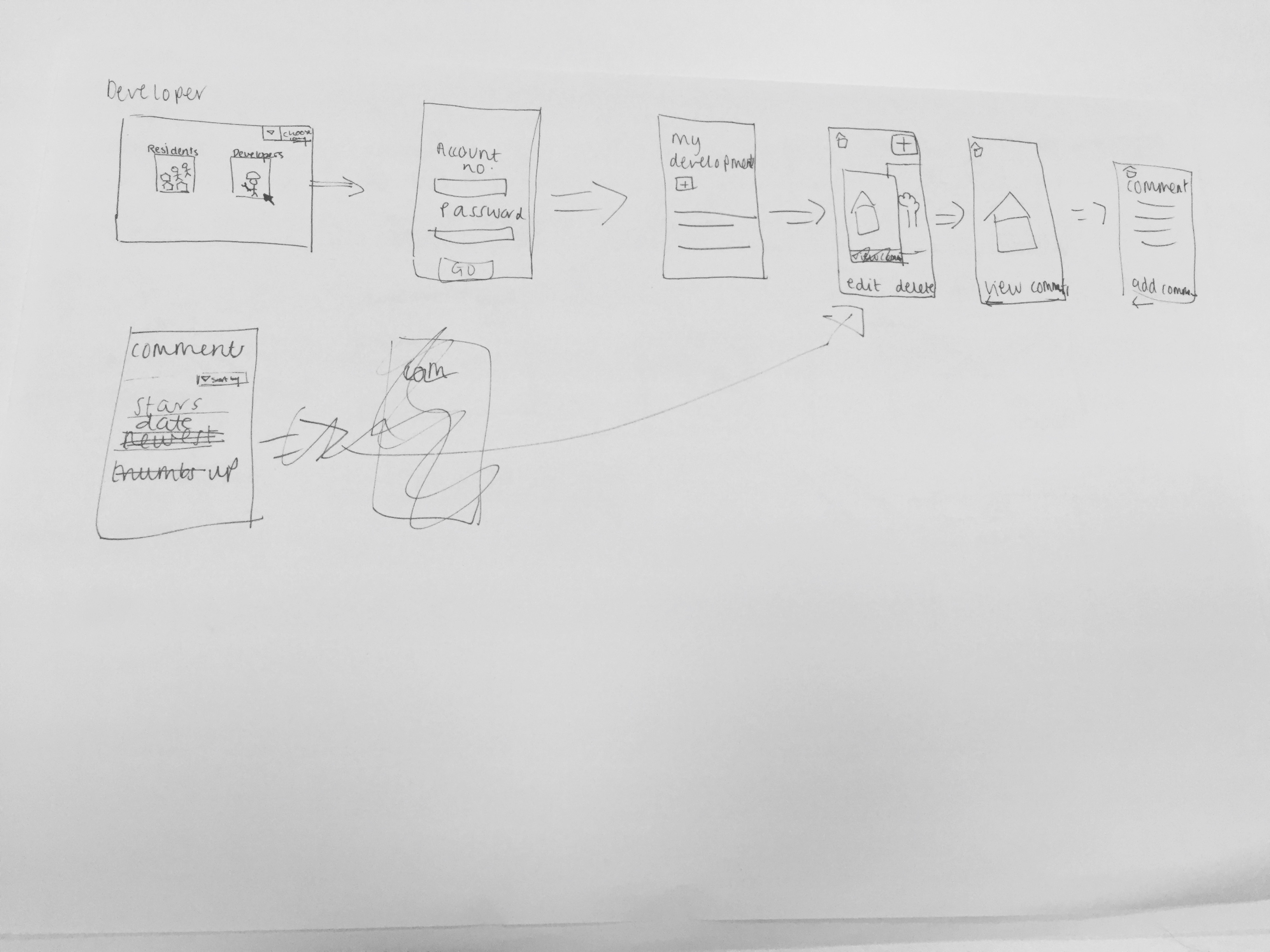
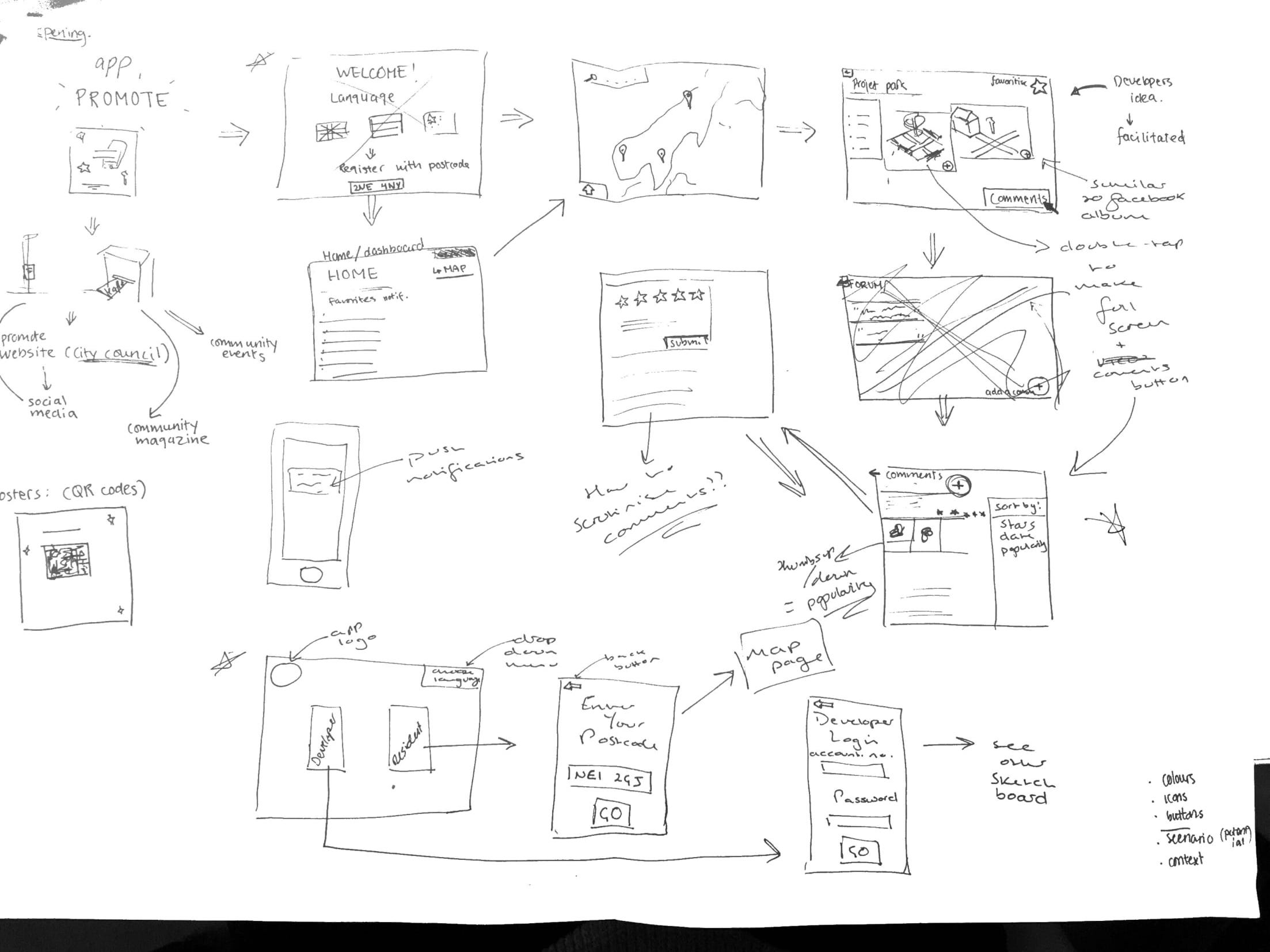 We decided the app would have to be accessible for both the developer and community residents, so would need two different overall sketches, depending on who was using it. Therefore, the opening page of the app would be a selection page where you can choose to access the developer part of the app or the residents part of the app; selecting the developer button will move you to login page where they can enter credentials provided by the council (so only legitimate developers can use it) or, selecting the resident button will move you to a page to enter your postcode, which will then automatically (only upon first login) take you straight to a map page, showing all the developments in the local area surrounding the postcode provided. We also all felt strongly about having a drop down language selection button on the home page, in order to include minority groups living in the area who may fall under the ‘harder to reach’ category.
We decided the app would have to be accessible for both the developer and community residents, so would need two different overall sketches, depending on who was using it. Therefore, the opening page of the app would be a selection page where you can choose to access the developer part of the app or the residents part of the app; selecting the developer button will move you to login page where they can enter credentials provided by the council (so only legitimate developers can use it) or, selecting the resident button will move you to a page to enter your postcode, which will then automatically (only upon first login) take you straight to a map page, showing all the developments in the local area surrounding the postcode provided. We also all felt strongly about having a drop down language selection button on the home page, in order to include minority groups living in the area who may fall under the ‘harder to reach’ category.